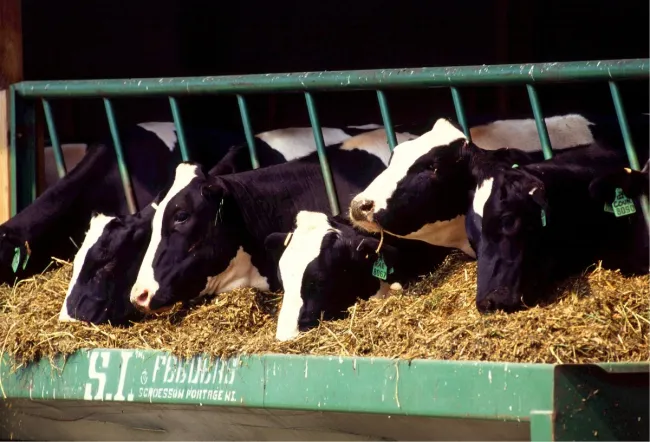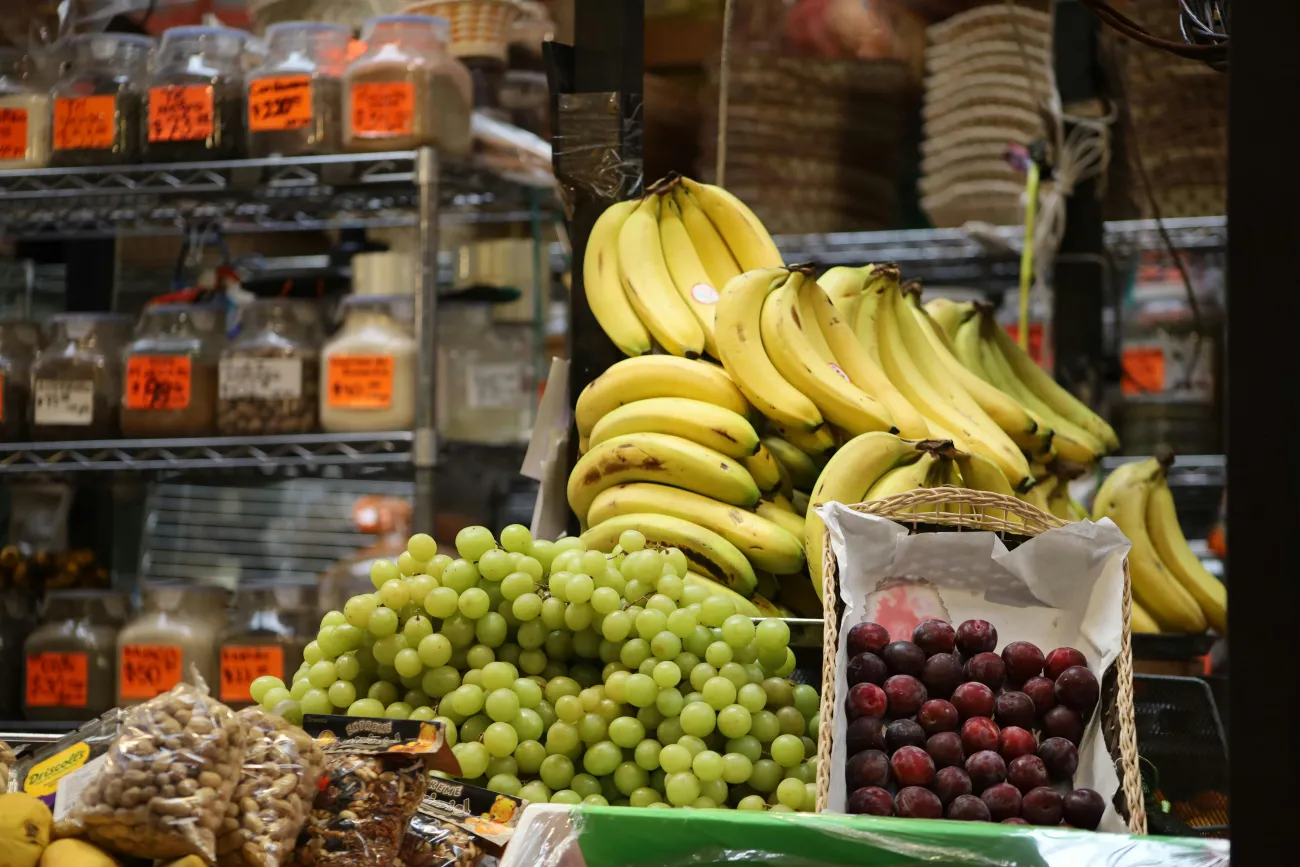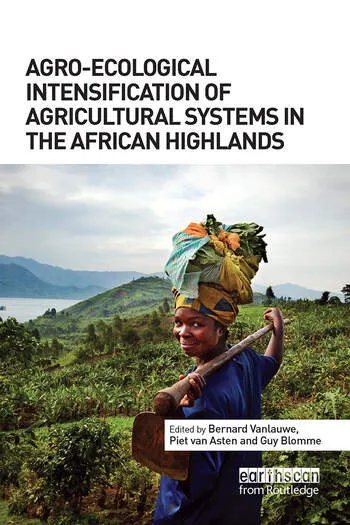Relatively intensive, high-yield farming systems often have lower environmental impacts per unit of product, according to a new paper. The paper used a new framework to measure both land use and major environmental externalities (greenhouse gas emissions, water use, and nitrogen, phosphorus and soil losses) for several different farming systems.

Arguments against the “land-sparing” approach to conserving biodiversity (whereby relatively intensive farming reduces the total amount of farmland required) suggest that intensive farming can have higher environmental impacts per unit area than extensive, low-yield farming systems. This paper measured environmental externalities per unit of product, not per unit area, to better compare the total impacts of high-yield vs. low-yield systems.
The paper found that data were scarce and not all relevant environmental impacts could be accounted for. However, among most (but not all) of the systems studied, the systems that used less land per unit of product (i.e. were more intensive) also produced lower environmental impacts per unit of product. Meanwhile, the systems that used more land per unit of product (i.e. were more extensive) also produced higher environmental impacts per unit of product.
For example, as shown in the figure below, Latin American beef production systems generally produce higher greenhouse gas emissions as they use more land for a given amount of product.
 Image: Fig. 2(f), Balmford et al.
Image: Fig. 2(f), Balmford et al.
Abstract
How we manage farming and food systems to meet rising demand is pivotal to the future of biodiversity. Extensive field data suggest that impacts on wild populations would be greatly reduced through boosting yields on existing farmland so as to spare remaining natural habitats. High-yield farming raises other concerns because expressed per unit area it can generate high levels of externalities such as greenhouse gas emissions and nutrient losses. However, such metrics underestimate the overall impacts of lower-yield systems. Here we develop a framework that instead compares externality and land costs per unit production. We apply this framework to diverse data sets that describe the externalities of four major farm sectors and reveal that, rather than involving trade-offs, the externality and land costs of alternative production systems can covary positively: per unit production, land-efficient systems often produce lower externalities. For greenhouse gas emissions, these associations become more strongly positive once forgone sequestration is included. Our conclusions are limited: remarkably few studies report externalities alongside yields; many important externalities and farming systems are inadequately measured; and realizing the environmental benefits of high-yield systems typically requires additional measures to limit farmland expansion. Nevertheless, our results suggest that trade-offs among key cost metrics are not as ubiquitous as sometimes perceived.
Reference
Balmford, A., Amano, T., Bartlett, H., Chadwick, D., Collins, A., Edwards, D., Field, R., Garnsworthy, P., Green, R., Smith, P. and Waters, H., 2018. The environmental costs and benefits of high-yield farming. Nature Sustainability, 1(9), p.477.
Read the full paper here. See also the Foodsource building blocks What is the land sparing-sharing continuum? and What is sustainable intensification? The FCRN report Lean, green, mean, obscene…? explores the meanings of efficiency in food systems.




Comments (0)